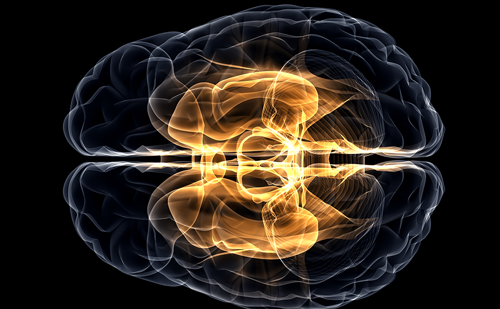We are very pleased to welcome you to the latest edition of US Neurology. We are confident you will find the selection of articles on offer in this issue to be an insightful, worthy addition to the existing literature and of immense use in your day-to-day-practice. As usual, the range of topics covered is broad and the expert authors have provided a diverse and perceptive collection of articles.
This edition opens with a very interesting editorial commentary from Aaron Miller, MD, on the controversial topic of chronic cerebrospinal venous insufficiency in multiple sclerosis, which discusses not only the contentious background to this subject matter but also highlights the evolving role of social media in medicine and science. This is followed by the ‘Neurodegenerative Disease’ section, which includes a review article on the potential role of nutrients in the pathogenesis, prevention, or management of Alzheimer’s disease and a sub-section of four articles on Parkinson’s disease (PD). The first article in the PD sub-section examines the use of the unified PD rating scale activities of daily living subscale to assess response to rasagiline in early PD. PD is the second most common age-related neurodegenerative disorder, after Alzheimer’s, and our scientific research is constantly striving to find ways to halt or slow the progress of this debilitating disease, as early as possible in the disease cycle. The second article explores the advances in therapeutic options that are available for gait and balance and the third article investigates calcium channels as a potential target for neuroprotection in PD. The sub-section concludes with an important article that examines the challenging nature of accurately diagnosing and managing non-motor symptoms in patients with PD. Non-motor symptoms can be debilitating, they have a significant impact on a patient’s quality of life and depending on the particular symptom, can be either helped or exacerbated by PD treatments. It is certainly an aspect of PD that requires our attention and further scientific investigation in order to help improve our patients’ outcomes.
The edition continues with an article on ischemic stroke, which debates the important question of whether stenting or surgery is the best procedure for carotid artery disease and this is followed by a section on multiple sclerosis containing two quite different review articles. The first explores the long-term use of the disease-modifying treatment glatiramer acetate and the second investigates the relevance of autoimmune comorbidities in patients with MS. The diversity of topics continues, with an article on the role of the novel medication Cambia® (diclofenac potassium for oral solution), which has been added to the armamentarium for the treatment of acute migraine. This is followed by a three-article strong section on pain and again, the variety of themes within this section serves to highlight the diversity of our field of medicine. The articles review peripheral nerve stimulation for neuropathic pain, gamma knife radiosurgery for trigeminal neuralgia and lastly, intrathecal drug delivery, again, for neuropathic pain. The edition concludes with a section on imaging in neurosurgery, containing two articles from the neurosurgery team at the University of California, San Francisco. The articles explore the role of neuroimaging in two very different types of surgery, the first focuses on the imaging techniques involved in the surgical management of gliomas and the second in modern epilepsy surgery, again emphasising the great range of techniques, technology and applications, this time within the surgical aspect of our chosen specialty.
On behalf of US Neurology we would like to thank all those involved in this edition, from the organisations, our much valued media partners and esteemed Editorial Board members, whose guidance is invaluable and always appreciated, to the individual authors who generously gave their time and expertise, which has resulted in an excellent selection of articles for us to read and digest. We are certain you will find their contributions insightful and this edition both useful and educational. n














